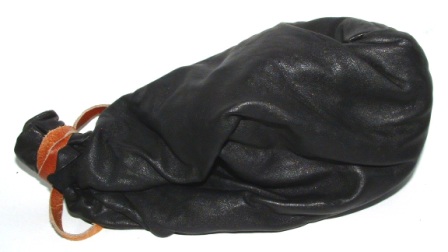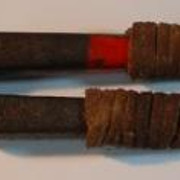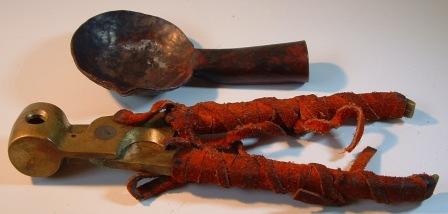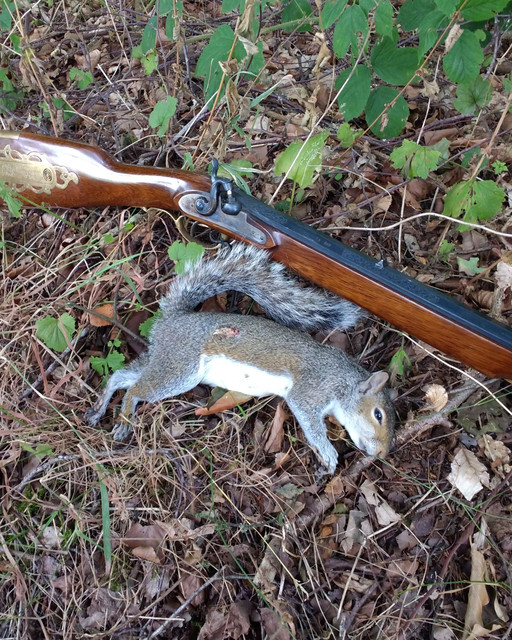I know a.22 short, from a rifle, will kill deer sized game, and smaller, but marksmanship is critical. If I were ever going to use a subsonic .54 projectile to take game, I would need to, and couldn’t afford to waste the shot by looseing the animal. I can use paper to prove accuracy, but I can’t prove effectiveness on a given animal, until I actually try it on one, and I’m not willing to do that. I can match the energy of the .22short, but the diameter of the larger bore comes into play also, and penetration may not be adequate. My speculation was to match the external ballistics of a subsonic round, with a much heavier projectile, but accuracy may not be found at that velocity, and a lower charge may need to be found to achieve acceptable accuracy. Mathematically, a 500 gr. .54 projectile delivers the same pounds per square inch, at 300 FPS that a 30 gr .22 at 900 FPS delivers ( muzzel energy, distance to target changes things). Effectively though, that’s untested, ( for penetration) therefore speculation. Just wondering if there’s any practical experience to support that speculation with.










